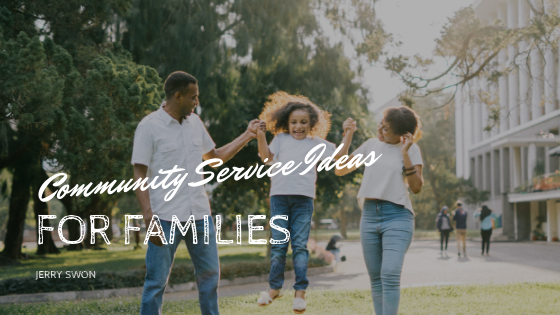One of the hardest seasons of the year for the homeless community is winter. When the temperature starts to drop below the freezing point, people facing the elements are at risk for hypothermia which means they are also at risk for fatal consequences. This winter, try doing you part and help the homeless in one of the five ways.
Know the Signs of Hypothermia
It’s important to know what the warning signs of hypothermia is. If you are aware of the signs, it will be able to identify those who need help right away. If you notice any of the following symptoms, reach out to the affected person and get help as soon as possible:
- Shivering
- A weak pulse
- Slurred speech
- Slow and shallow breathing
- Low energy
- Memory loss or confusion
Hand Out Warm Clothes
You will find that in many thrift stores, churches, and even grocery stores there are barrel in which you can donate your old coats. Instead of hoarding your unused and old coats in your closets, give it to someone who needs it most.
Life can be really hard for those who live on the streets. Those who live and sleep outside often get their items stolen and don’t have the opportunity to wash their clothing very frequently. Donating hats, gloves, coats, all help to ensure that the homeless community will stay a little warmer.
Donate
During the winter months, shelters and homeless centers are at their busiest. That being said, many of the resources are strained. Hundreds of people will walk through a shelter a day looking for meals, referral services, clothing, and of course shelter. During the winter months consider helping out those on the front line. Your donation will go to a worthy cause and help buy very important products.
Step up and Volunteer
As mentioned earlier, with an increase of people in need there is a strain of resources— which includes staff. Volunteering even one shift a month at a shelter or soup kitchen can be a huge help. Make the effort and call a few of your local shelters and ask how you can volunteer your time.
Advocate for the Cause
You would be surprised to find out how many people in your own community that don’t realize just how many homeless people are in your area. It’s up to you to spread the word.










